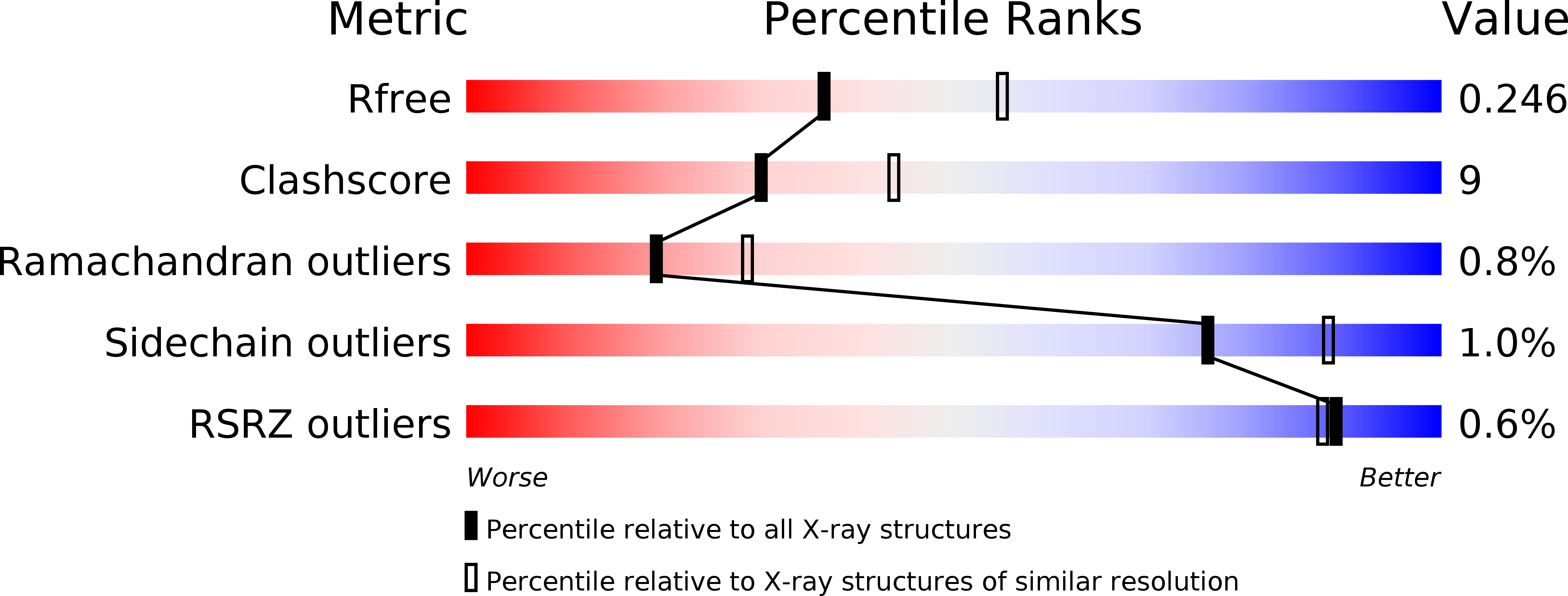
Deposition Date
2010-04-06
Release Date
2010-05-19
Last Version Date
2024-10-30
Entry Detail
PDB ID:
3MGH
Keywords:
Title:
Binary complex of a DNA polymerase lambda loop mutant
Biological Source:
Source Organism:
Homo sapiens (Taxon ID: 9606)
Host Organism:
Method Details:
Experimental Method:
Resolution:
2.40 Å
R-Value Free:
0.26
R-Value Work:
0.20
R-Value Observed:
0.21
Space Group:
P 21 21 2


